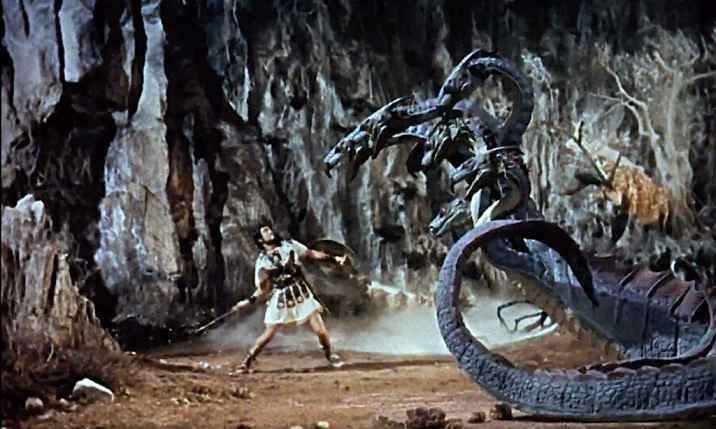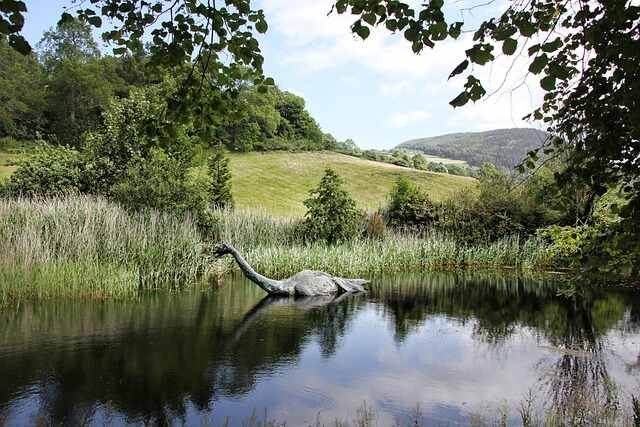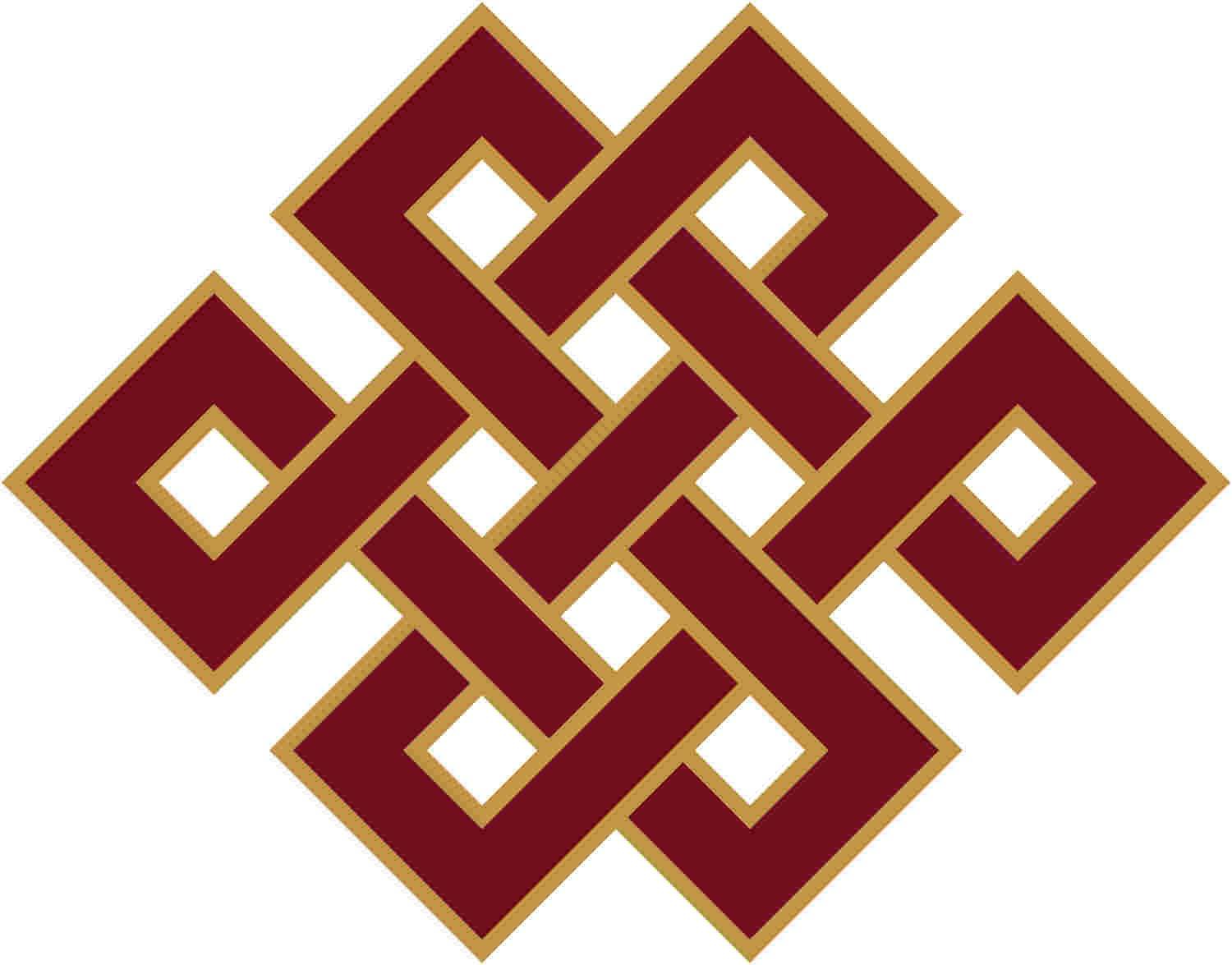Multi Headed Serpent of Myth
In Greek mythology, a gigantic snake that had several heads (the number varies) or multi headed serpent, and breathed poisonous breath through its mouths on the marshes of Lerna, near Argos. The destruction of the Hydra was one of the twelve labors of Heracles; he succeeded with the help of his nephew Iolaos. When a head was cut off, he repelled two; then they burned each wound of the monster with burning firebrands and lastly cut off the middle head, which was sometimes said to be immortal. The arrows that Heracles (Hercules) dipped in the blood of the Hydra inflicted incurable wounds.
Lernaean Hydra
The Hydra of Lerna is, in Greek mythology, a kind of serpent, or at least a fearsome animal, born of Typhon and Echidna, or of the giant Pallas and Styx. He was oversized, and had a hundred heads, of which the middle one was immortal. Pausanias wants it to have had only one head; others give him fifty and up to a hundred. Be that as it may, the Hydra lived in a swamp, near the sources of the Amymone, and not far from Lerna, in the Peloponnese (in Argolis). The whole country had to suffer from its ravages.
Heracles (Hercules)drove her from her lair with flaming arrows, and proceeded to crush her many heads with his club, or cut them off with a golden scythe; but for each one he knocked down, he reborn two or three. A cancer (crayfish) sent by Hera moreover came to sting the hero in the heel; but Heracles crushed it, and, with the help of Iolas and Athena, who burned the Hydra’s wounds with embers, succeeded in stopping the continual growth of the Hydra’s heads. He then crushed the immortal one under a huge fragment of rock, and made his heroes mortal by soaking them in the blood of this poisonous animal. This feat is one of the Twelve Labors that Eurystheus had imposed on Heracles.
It was enough, say the traditions, to look at the footprints of the Hydra to fall dead. One version of the myth, however, says that Heracles and Iolas, injured by the monster, were healed by Apollo.
As for the serpent, it was transported to heaven, where it forms the southern constellation of Hydra, close to the Cup and the Raven. The circumstances of this catasterism would have been the following: Apollo, wanting to make a sacrifice to Zeus, sent the crow with a cup to bring water. He stopped on a fig tree to wait for the fruit to ripen. Then, to excuse his delay, he took a snake, which he accused of having prevented him from completing his message. Apollo, to punish the lying bird, placed it vis-à-vis the cup, and instructed the serpent to prevent it from drinking. The Latins designated the constellation Hydra by the names of Anguis and Serpens aquaticus.
The blood of the Hydra represents the “essence” of desire. It is the symbol of essential lack, of separation. Mixing with the blood of the Centaur Nessus creates a violent poison that is actually universal desire instead of universal love.
The poets give the Hydra of Lerna the following nicknames: Hecatonkephalos. with a hundred heads; Myriocranos, Amphicranos, many-headed; Palimblastes, growing again. The euhemerists believed that the Lernaean Hydra was nothing but a swamp from which escaped pestilential miasma and which Heracles managed to dry out.
Message about multi headed serpent
Over the ages, humans have asserted themselves and settled wherever they wish. He imposed himself by taking less and less into account his surroundings. He began to behave like a despot detached from the laws of the Universe. The hydra, on the other hand, is at the service of Gaia. His message warns us.
There are invisible forces on Earth which, sooner or later, “restore order”. Some places are not dedicated to human activities. There is no judgement, simply the observation that our planet is well made and that a fair place is provided for everything.
From a personal point of view, it indicates that we are dealing with a toxic situation and that it is better not to get bogged down in it. We have nothing to do in it, listen to our feelings and flee!

Hercules and the Hydra of Lerna, Franz von Stuck (1915). On display at the Villa Stuck Museum, Munich. Yelkrokoyade, CC BY-SA 4.0, via Wikimedia Commons
Loch Ness Monster: The Scots Relaunch Research and Mystery Unveiled
Practice and application
The hydra helps us to perceive what is right or not for us. We are at a crossroads and have to make a choice. Take some paper and a pen. Let’s ask for a moment. The time has come to take stock. Let’s write down everything that comes our way: the situations, the people involved, the positives and negatives… Let’s be as specific as possible!
From these elements, let us establish several distinct possible paths. Let’s get as many leaves as there are paths. And on each of them, let’s write one, and everything about it. The rest of the exercise asks us to be standing with space around us.
Visualize ourselves at a crossroads. They go in all directions. We are in the center with our leaves. Let’s drop each of them on the ground on the path that corresponds to it. Always in the center, let us close our eyes and create calm within us. We will start. Let’s open our eyes and choose a leaf spontaneously.
Let’s read what we wrote there. Let’s take a first step on this path. Let’s observe what this generates in us, in terms of sensations, emotions, thoughts, etc. We experience what that decision would be like in our life. Let’s go further and note everything that emerges. And if it does not come easily, let us question our being: “Is it pleasant or unpleasant? Is there regret, sadness, anger, joy, peace…? What happens when I’m on this path?”. When the answer is clear, let’s come back to the center, close our eyes, pause and move on to another path. Let’s test them all like this. Do not hesitate to ask the hydra to support us, so that the answers are clear and in accordance with the laws of the Universe. When all the roads have been covered, let’s return to the center one last time. Let’s read our notes and learn from them. With intention, let us clean the traces of our ephemeral paths.
Sources: PinterPandai, GreekMythology, Britannica, Art Institute of Chicago
Photo credit: Author: Columbia Pictures – Trailer for the film via Wikimedia Commons. Permission details
The trailer is not separately copyrighted from the film, and trailers for films released before 1964 are in the public domain. Licensing information: https://web.archive.org/web/20080321033709/http://www.sabucat.com/?pg=copyright and http://www.creativeclearance.com/guidelines.html#D2
Photo description: Hydra battle sequence, Jason and the Argonauts.



